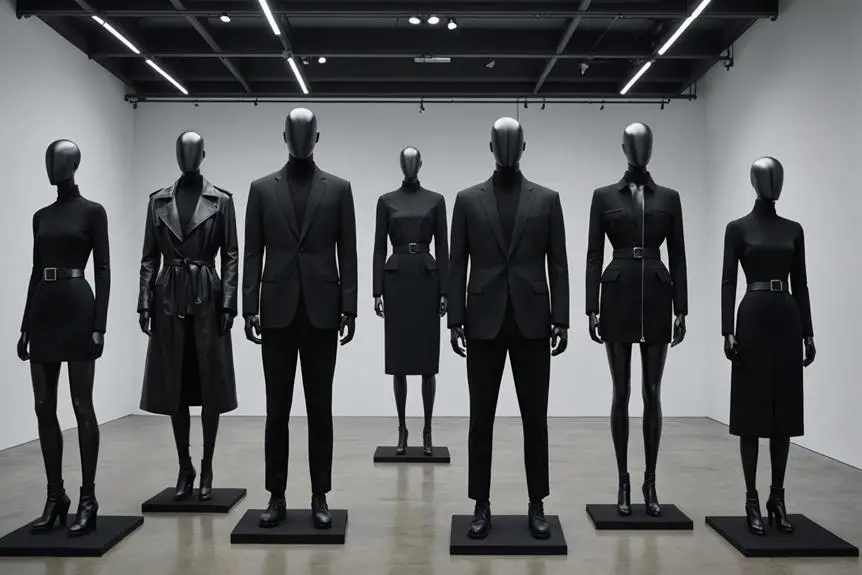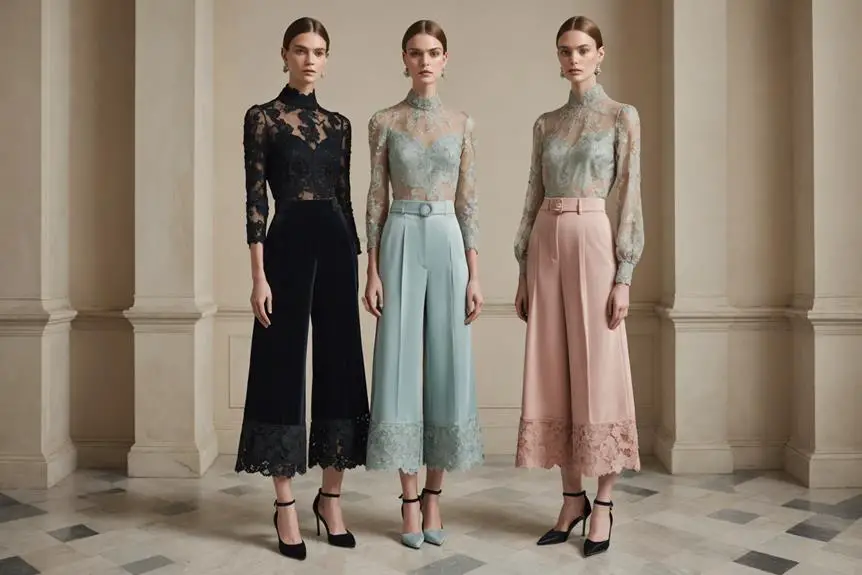The secondhand clothing market is booming, fueled by AI advancements and changing consumer preferences, with forecasts predicting further growth amidst rising clothing prices and competitive pressures.
The secondhand clothing market is experiencing significant growth, increasingly driven by the use of artificial intelligence and shifting consumer behaviors, according to industry leaders. James Reinhart, the chief executive of ThredUp, one of the largest online resale platforms, highlighted that global sales of pre-loved clothing rose by 15% in the past year, outpacing the broader fashion market by more than four times.
As noted in a report by analysts at GlobalData for ThredUp, pre-owned clothing now represents a market value of $227 billion, accounting for 9% of total fashion sales. Over the past five years, this segment has seen substantial growth, and projections indicate sales could increase by another 11% this year. Factors contributing to this growth include advanced technology, particularly AI-enhanced search tools that assist customers in locating desired items.
Reinhart pointed out the shifting dynamics in consumer spending, particularly among cash-strapped shoppers in the U.S. “The market will have a break out year relative to previous years. It is not likely to have the same downward pressures from tariffs that the rest of the industry will face and [when] the American consumer deals with more insecurity, the pursuit of value is heightened,” he stated. These thoughts come against a backdrop of anticipated increases in clothing prices due to tariffs on goods made in China.
The introduction of AI applications in platform shopping experiences is also a pivotal element. According to Reinhart, these tools can enhance the secondhand shopping experience by allowing users to find similar items based on photos and help assemble outfits, showing options that offer better value compared to new products.
Furthermore, the report revealed that 58% of consumers were willing to purchase secondhand items last year, a 6% increase from 2023, with younger generations leading the trend. Specifically, 68% of young people reported buying secondhand fashion last year, spurred by the rise of specialty resale platforms like Depop and eBay, as well as Vinted.
This week, Vinted is set to launch its first high street pop-up in London, featuring curated collections from influencers such as Susie Lau and Victoria Magrath. Simultaneously, major retailers, including Primark and Selfridges, are expanding their offerings by incorporating vintage sections into their stores.
Despite these advancements and the overall market growth, Reinhart acknowledged that the resale sector has not fully met expectations. The industry had initially predicted that secondhand sales would account for 10% of the global fashion market, a target that remains unattained due to increased competition from budget retailers like Shein and Temu.
Potential regulatory changes in both the U.S. and Europe regarding the de minimis rules could impact Chinese retailers’ operations, restricting their ability to ship directly to consumers without import tax. Such changes may bolster resale platforms.
At ThredUp, while sales increased only marginally by 1% to $260 million last year, the company reported a $40 million loss from ongoing operations. Reinhart emphasized, however, that ThredUp has been profitable on an underlying basis for over a year, noting that “the narrative of resale not being able to make money is outdated.”
In the larger landscape, Depop saw a sales increase of 31% to £71.3 million in 2023, suggesting a narrowing of its losses by more than 25% to £48.6 million. In contrast, Vinted reported an impressive 61% sales rise to nearly €600 million, marking its first profitable year.
Source: Noah Wire Services




